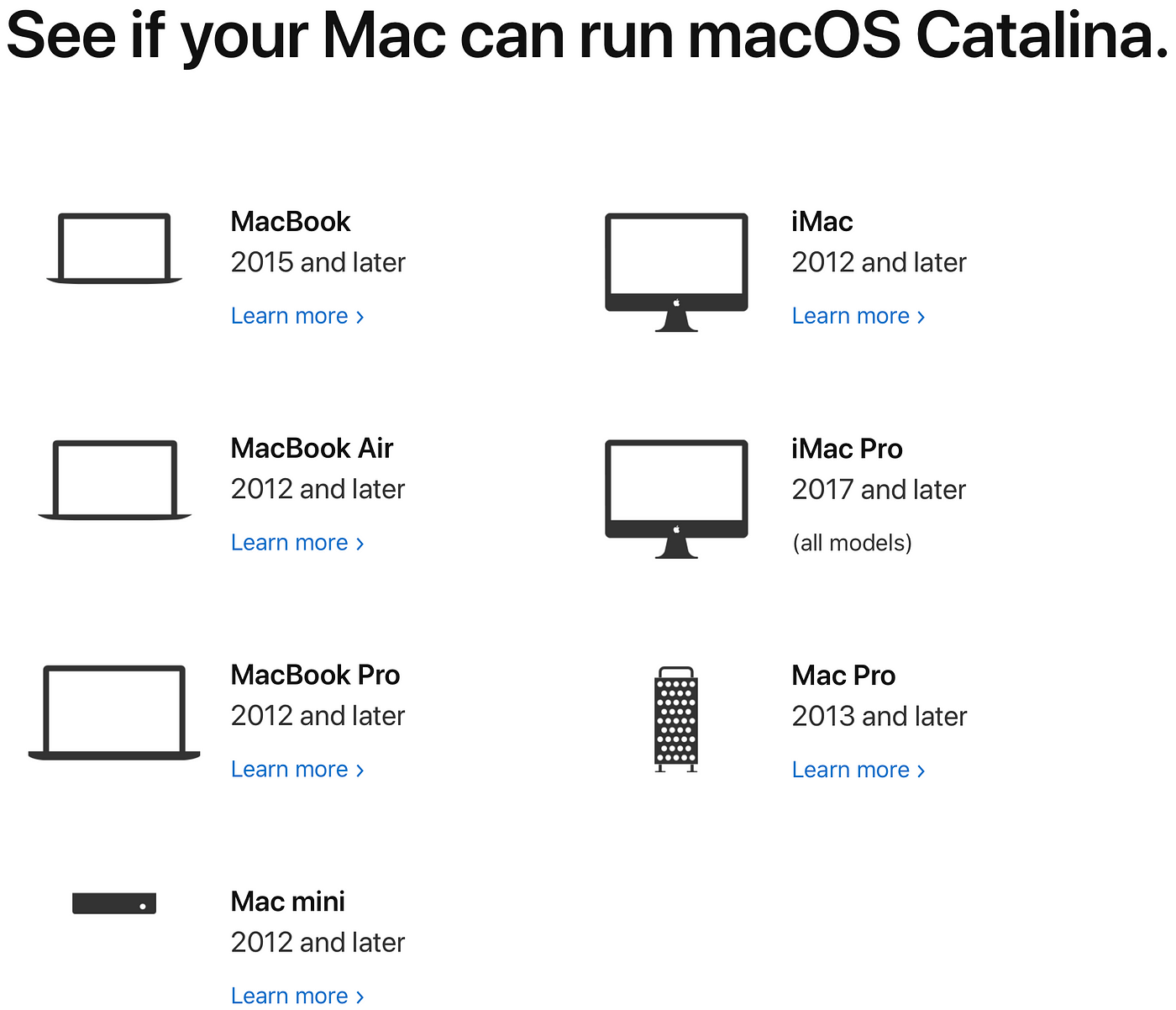Xcode 9 Catalina
This list will be updated as other compatible models become available. If you're using one of these computers with OS X Mavericks or later, you can install macOS Catalina. Your Mac also needs at least 4GB of memory and 12.5GB of available storage space, or up to 18.5GB of storage space when upgrading from OS X Yosemite or earlier. In my mac mini I've running Catalina 10.15.7. I've also installed Xcode 12.4. Now as I'm using third party library I'm trying to install cocoapods in my mac. So I used this - sudo gem install cocoapods which I got from official website. But I'm getting this.
From Mac OS X 10.9 onward, if Xcode is already installed in Mac OS X then Command Line Tools becomes installed as well (you can check this by trying to run gcc or make from the terminal). Accordingly, this tutorial is aimed at users who do not want to install the broader Xcode development package, and would rather only have the command line. 5 years ago, I started writing an enterprise marketing design and publishing app supporting the web and mobile apps. With the release of Xcode 9, about 2 years ago, I made the jump to 64-bit and the effort was manageable, including the effort to fix compatibility with several libraries that were not updated. With the Catalina upgrade, my Xcode did not automatically update to 11.1. The App Store kept trying to update Xcode each night through automatic updates. On its own, it never succeeded. Once it reported it could not download Xcode: Unable to Download App. 'Xcode' could not be installed. Please try again later.
In this micro tutorial I wanted to cover installing RVICTL after installing macOS 10.15 and Xcode 11. I installed Xcode 11 beta along with the command line tools and fired up the terminal thinking that RVICTL would be available from /usr/bin, but was surprised when I did not see it from the command line. I started to look all over my machine in the usual places but and was stumped. Finally, I found a solution and that is why I wanted to write this tutorial, to share with you that that solution in case you had seen the same problem.

What is RVICTL? RVICTL stands for Remote Virtual Interface Tool, that can start and stop a remote packet capture instance for any set of attached mobile devices. RVICTL is very useful for taking a packet capture or monitoring traffic off of a specific interface on a mobile device.

UPDATE: (9-6-2019) As of macOS Catalina 10.15 Beta 7 and Xcode 11 Beta 7 installing the .pkg by hand may no longer be needed. I installed Xcode 11 Beta 7 on macOS 10.15 Beta 7 and rvictl was available in the Terminal.
Here is the solution. Go to Finder application and hit the Go menu option in the top navigation bar. Next, navigate down to Go To Folder.
Xcode 9 Not Working On Catalina
When the Go to the folder option pops up, add in this path: '/Applications/Xcode-beta.app/Contents/Resources/Packages' Remember if Xcode is not in beta to remove '-beta' from the path on Xocde. Hit go and you should see 4 packages.

Double click to run through the install process for MobileDeviceDevelopment.pkg and for MobileDevice.pkg.

Now from the terminal you should be able to run the rvictl command and see a response recognizing the tool!
Xcode 9 Catalina Download
That's it! That is all there was to it. Now you are good to run a packet capture and analyze traffic from any of your Apple mobile devices. For more information on how to do so, see my article on packet captures here. Hope you enjoyed this micro tutorial, if you have any questions, comments, or concerns, please leave a comment and I will get back to you as soon as possible. Thanks!